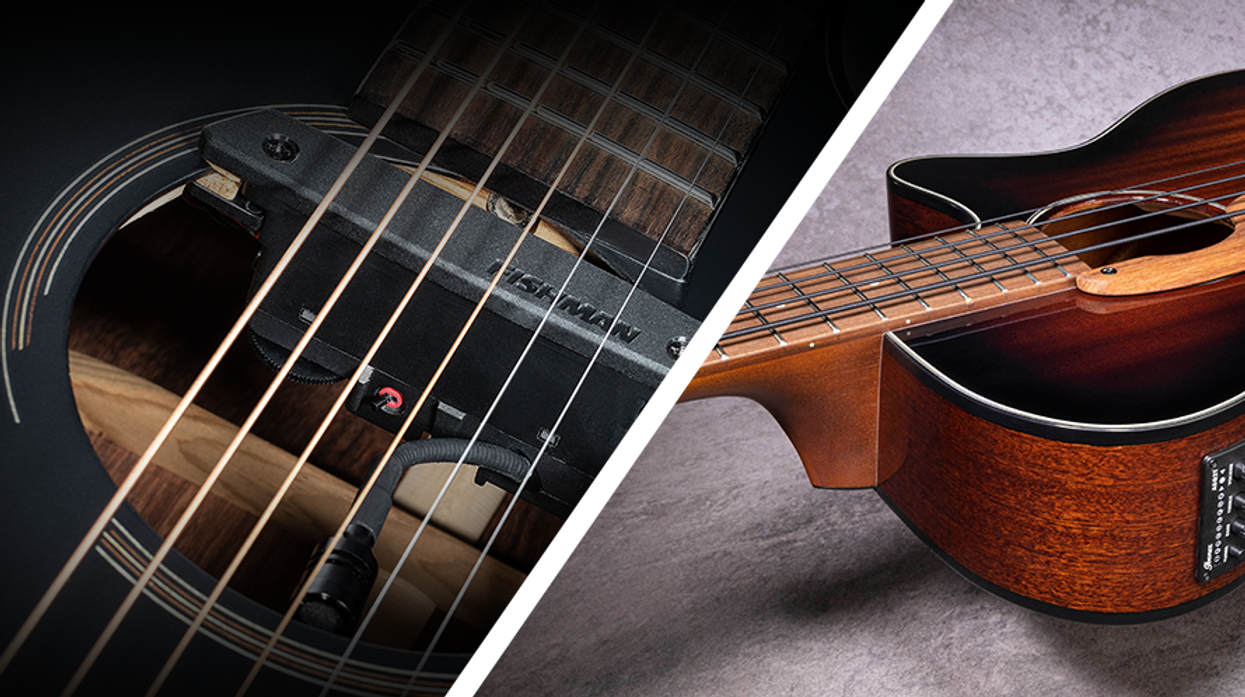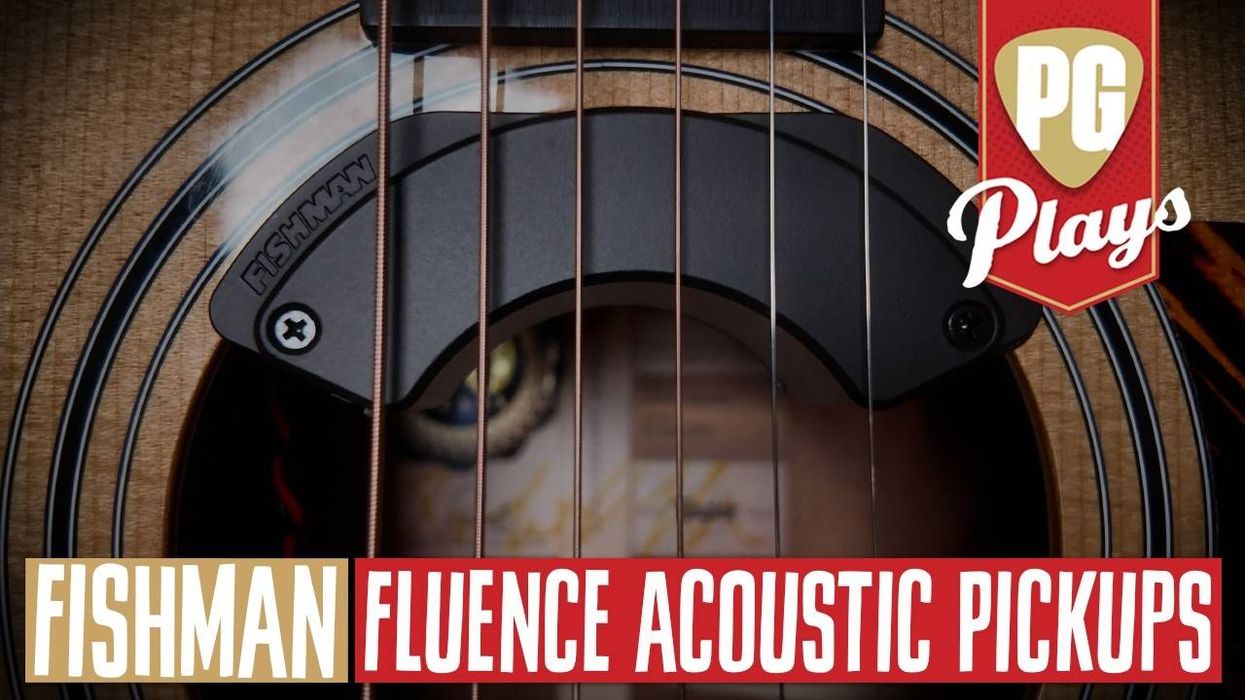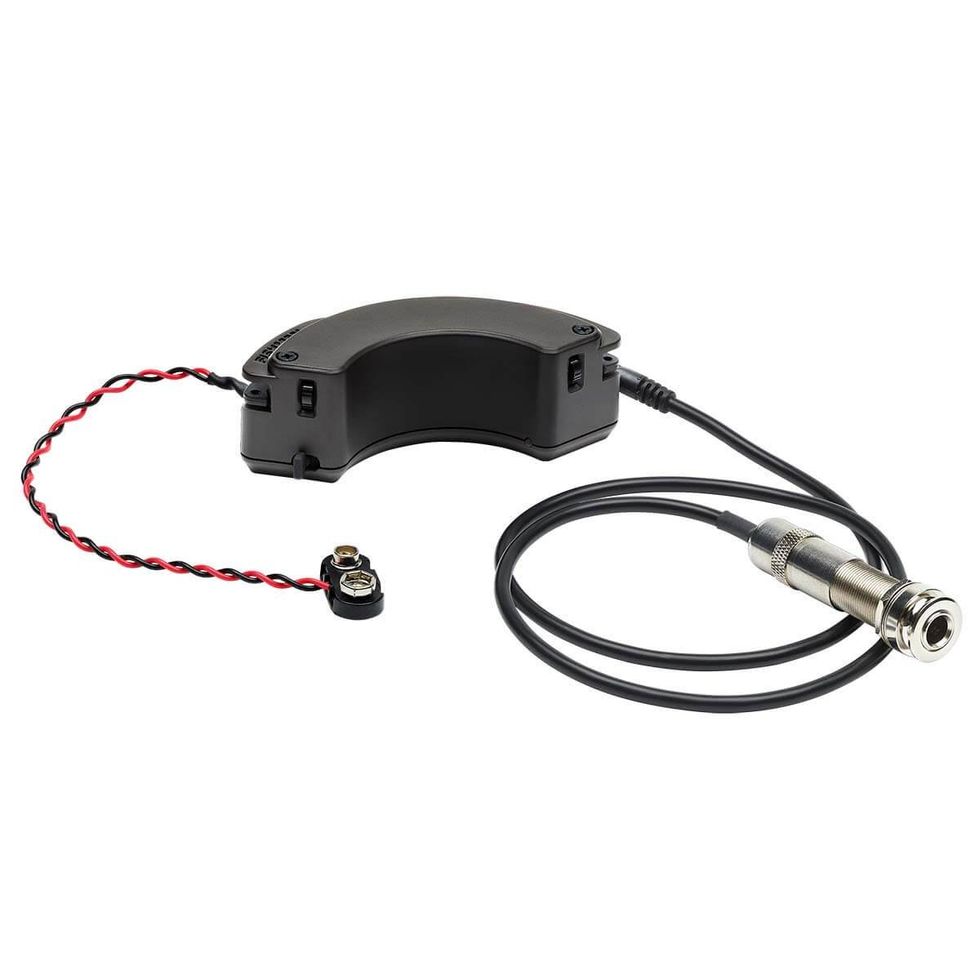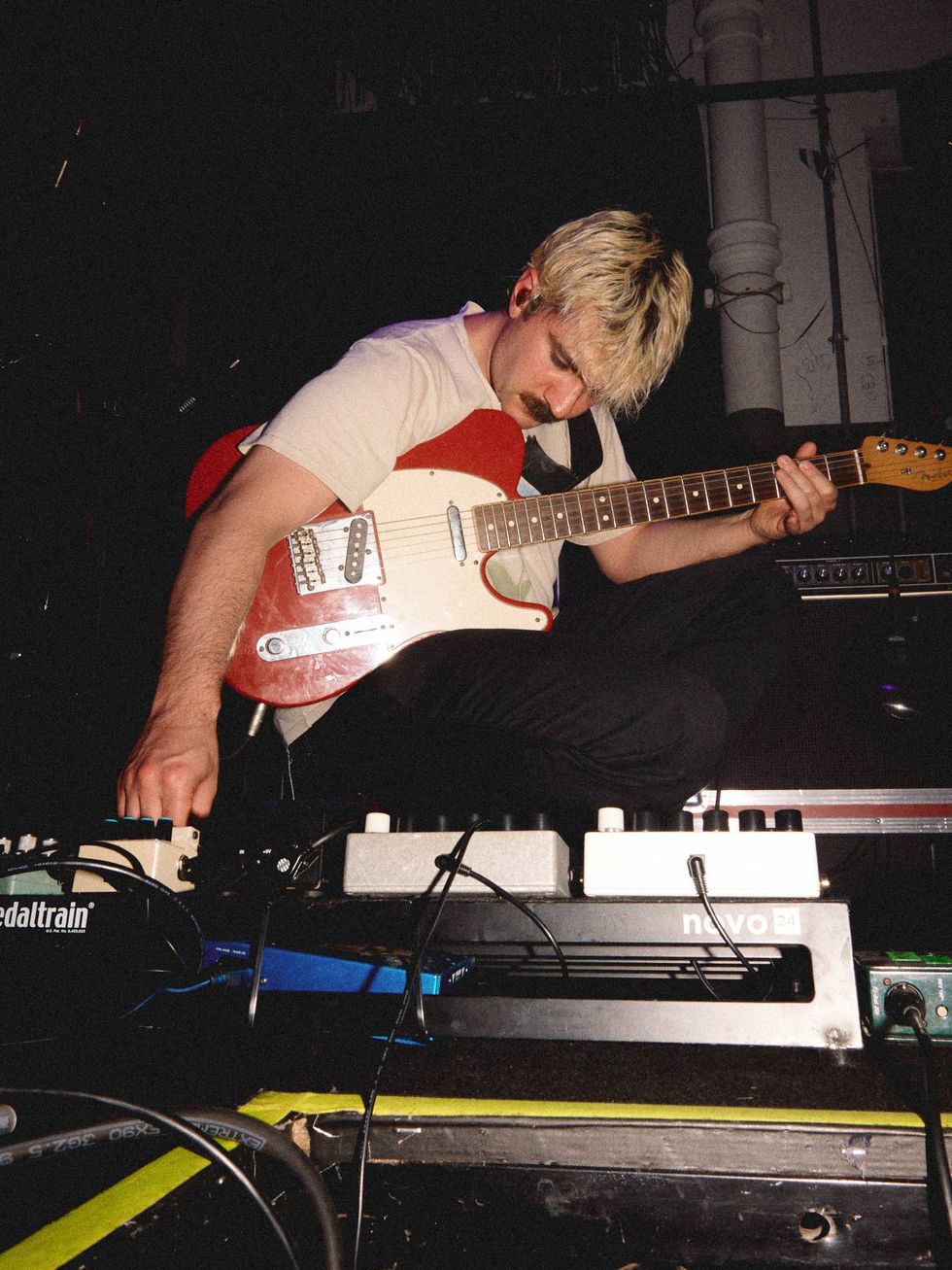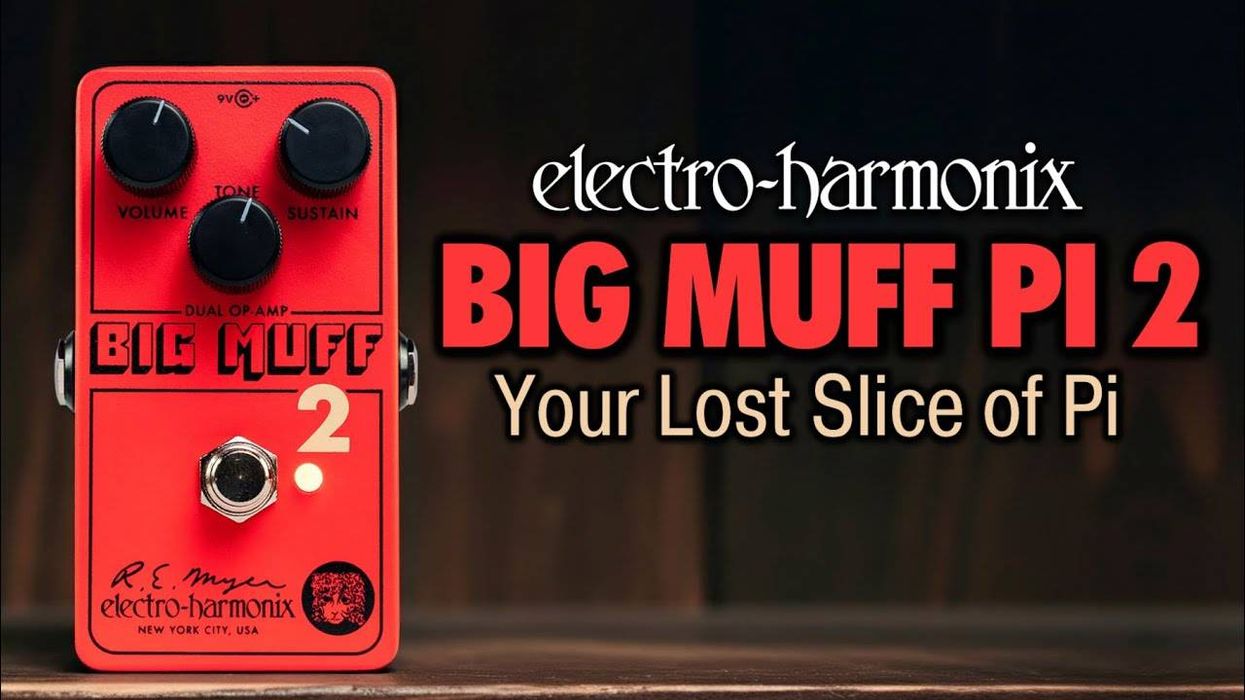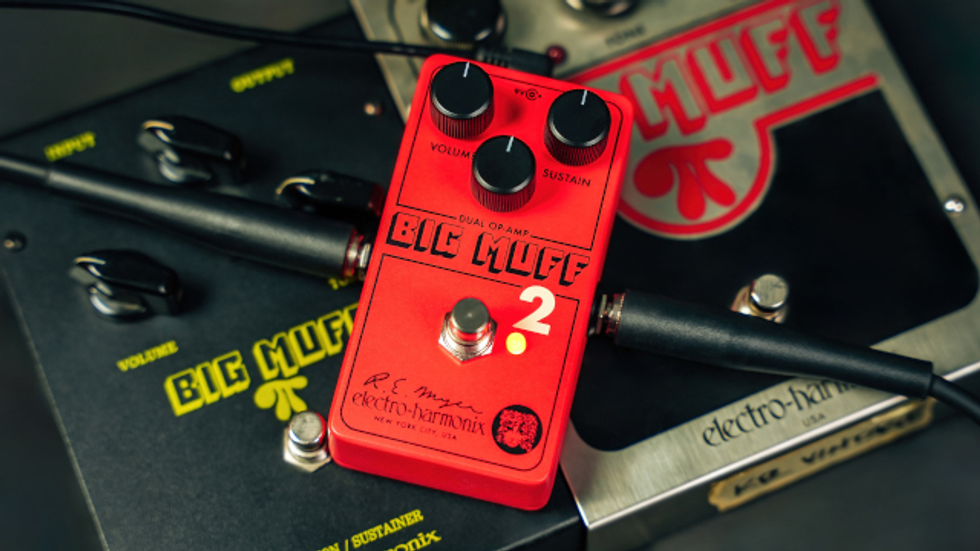It’s a good time of year for doing some preventative maintenance on your PA gear. It seems like speaker cabinets always need touching up, problem cables need to be checked and resoldered, and loose, scruffy mic stands need cleaning and tightening. Power amps can almost always benefit from a good cleaning and the faders and connections on the board always sound and feel better after some contact cleaner and lube.
Cabinets
Speaker cabinets can begin looking ratty after a few years. Handles rust, paint flakes off, carpet tears, grills get scratched and speaker cones fade. First, use a staple gun and spray glue to pull any torn carpet on the cabinet back into place – just stretch, glue and staple. Next, use black fabric paint to touch up any seams and spots where the wood is showing through. Take off the speaker grill, lightly sand it, paint it and then set it aside to dry while tackling the rest of the repairs.
Take some glass cleaning wipes and a 1.5” paint brush and clean up the woofer and the horn. Alternately, you can use compressed air between 60-90 psi, taking care not to damage speaker components. Grab some Thompson’s WaterSeal and lightly mist the woofer with a sprayer – the goal here is not to get it wet, just slightly damp. Repeat this approximately three times, letting it dry thoroughly after each coat.
Between coats of water sealer, you can begin touching up the metal parts of the cabinet. You can clean the 1/4” jacks in your input plate with a .22 caliber gun bore cleaning brush by gently inserting the brush into the input. Use a rotating motion, and finish it off with some contact cleaner – preferably CAIG Laboratories’ DeoxIT, although WD-40 will work in a pinch.
Now it’s time to put the grill back on and check the cabinet for buzzes and rattles by running sound through it. If you hear anything, break out the screwdrivers and start tightening screws. If that doesn’t take care of it, you may have damaged boxes. Cabinets that have seen too much moisture or were made out of cheap plywood can be repaired with fiberglass matte and resin, although that type of repair is beyond the scope of this article.
Power Amps
Give the heat sinks a shot of compressed air and clean the filter elements if your amp is so equipped. Then use some contact cleaner to clean the inputs.
Check Your Cables
Pick up an inexpensive cable checker and check all of your cables, repairing or replacing as necessary, followed by a shot of contact cleaner on all contact points. Now would be a good time to label the cables if you haven’t done so already. Mark them for length and use – i.e. a 25’ speaker cable would be marked SP-25. Also consider using some type of “branding” to differentiate your cables from others, which helps when using your cords in festival environments. Check your snake and tape or shrink wrap worn spots in the cabling, and check all connectors using your cable checker to make sure all the connections are good.
|
Blow all of the faders and connectors out with compressed air and spray all contact points with contact cleaner. If your board has insert jacks, spray them with a generous amount of contact cleaner and “exercise” them with a 1/4” connector. Blow out the faders one last time before spraying fader lube into each one, and then move each fader up and down through its full range. Finally take an auto detailing brush and clean the board by brushing between all the knobs, moving up and down and left to right. Finish by wiping it down with Armor All wipes.
Mic Stands
For black mic stands, rough up the surface with a scuff pad or sandpaper and then spray it with flat black spray paint. For chrome stands, use fine steel wool to clean off tape residue and remove rust – you can prevent future rusting by waxing the surface of the stand once it’s clean.
Almost all mic stand bases these days are painted black and can be touched up with spray paint when they begin to look ratty. Unscrew the stand from the base, clean and scuff the base and then paint. Remember, the more paint you use on cast metal, the better it looks and protects. The trick is to avoid runs – spraying multiple thin coats and waiting five minutes or so in between should help.
These tips can be done over a free weekend or over a few evenings during the week to help make that old gear look new again. Remember, people rate your professionalism on your gear’s appearance and most of us would find it too expensive to replace everything every couple of years. Take care your stuff and it will look and sound great for years to come.
Andy Anderson
Concert Sound
515-291-0464
www.concertsound.org
andent@lvcta.com


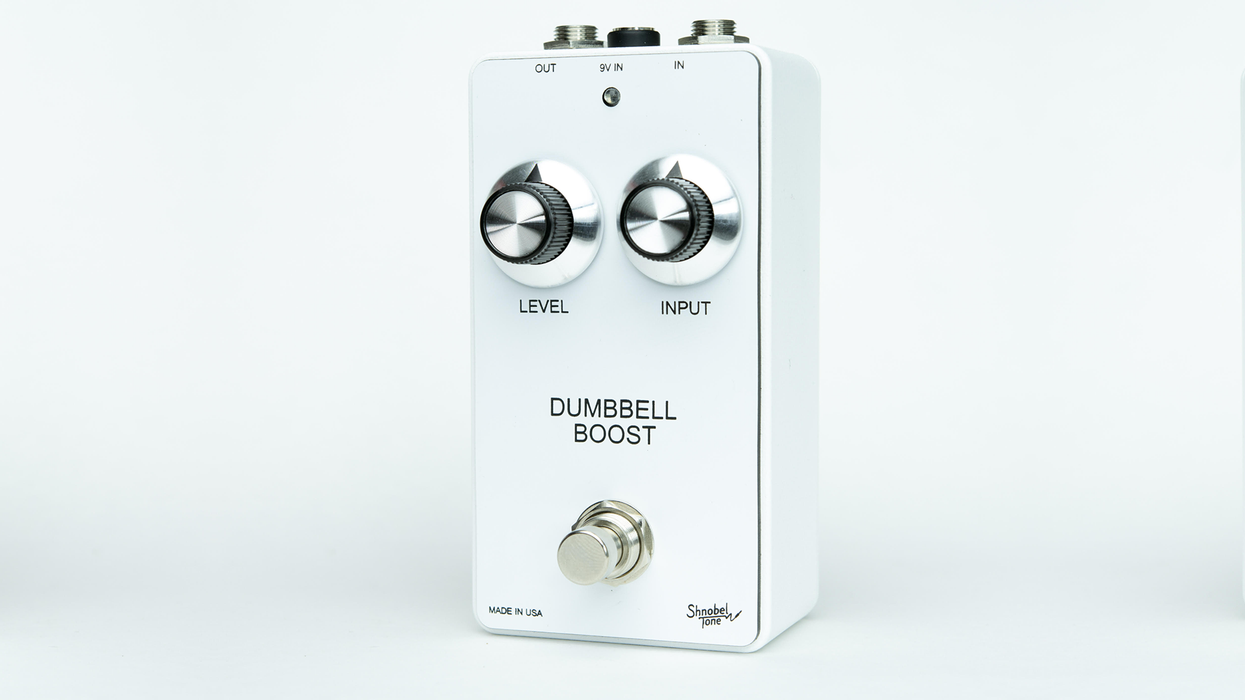

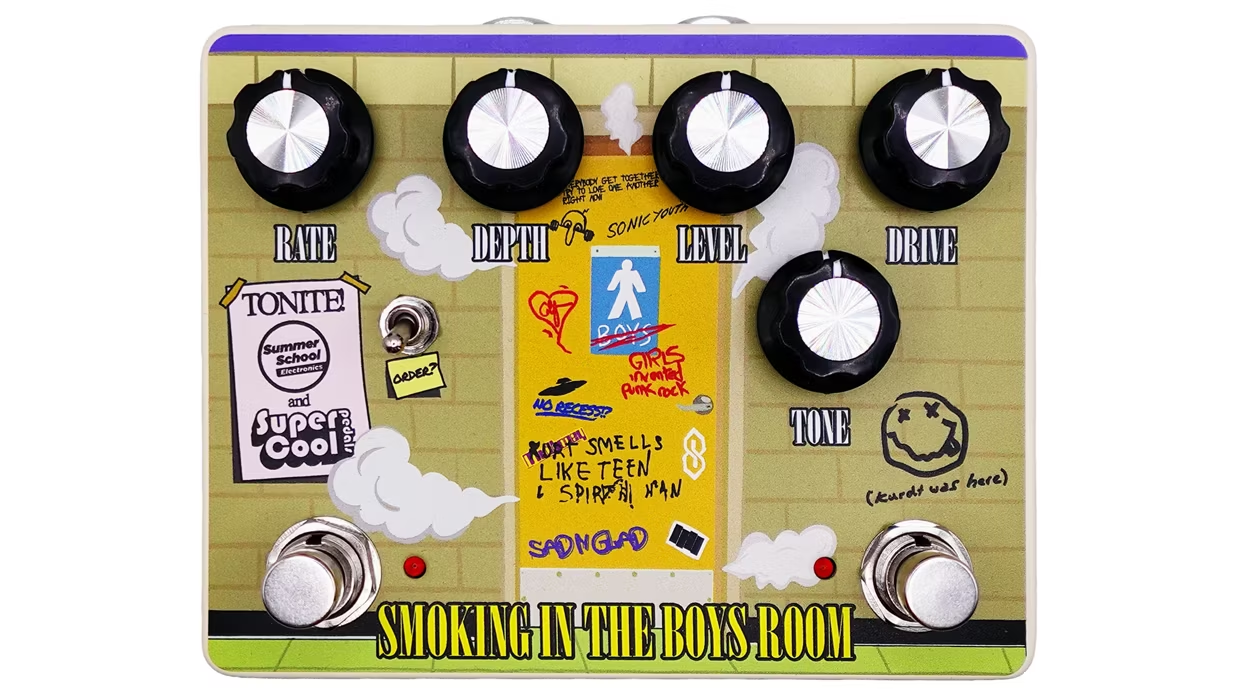


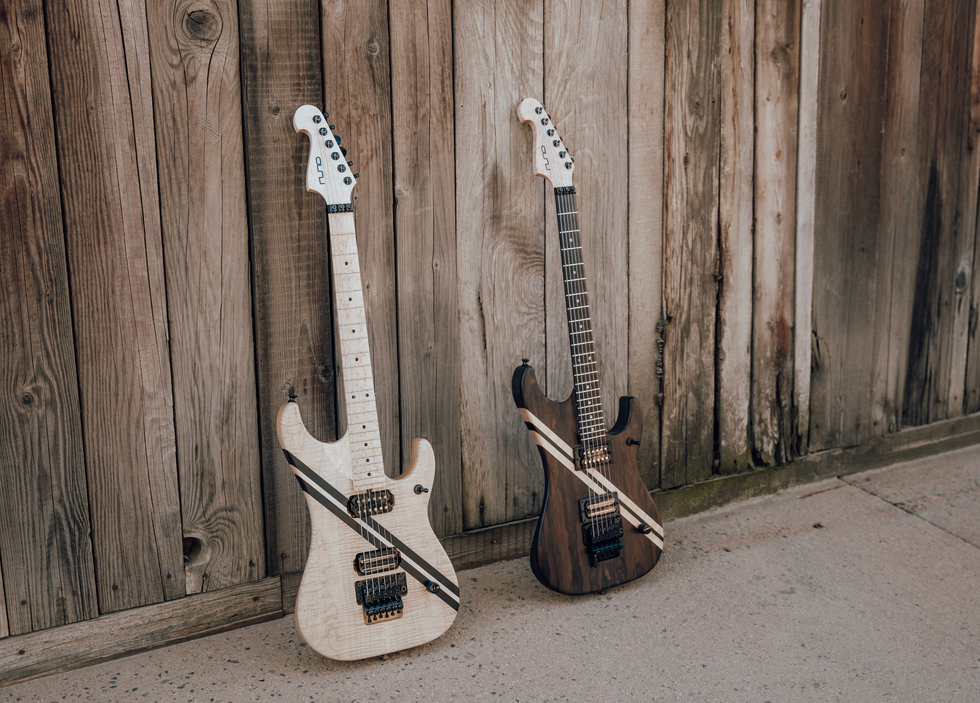



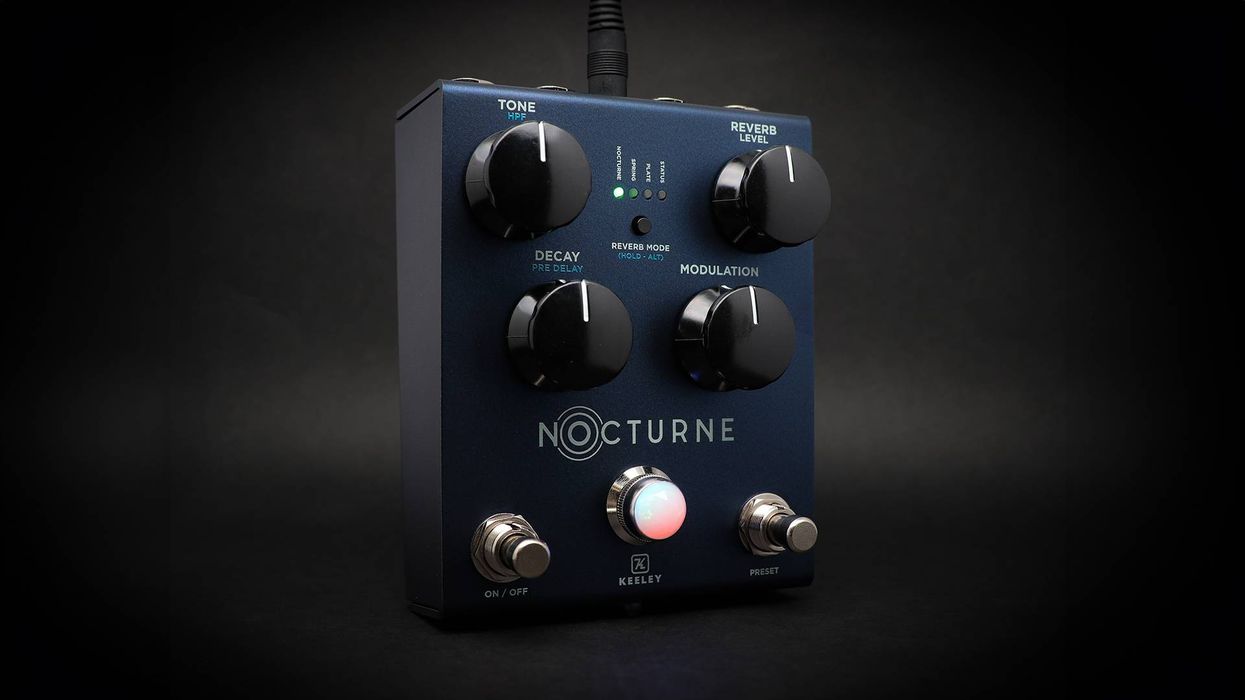

![Rig Rundown: Russian Circles’ Mike Sullivan [2025]](https://www.premierguitar.com/media-library/youtube.jpg?id=62303631&width=1245&height=700&quality=70&coordinates=0%2C0%2C0%2C0)

